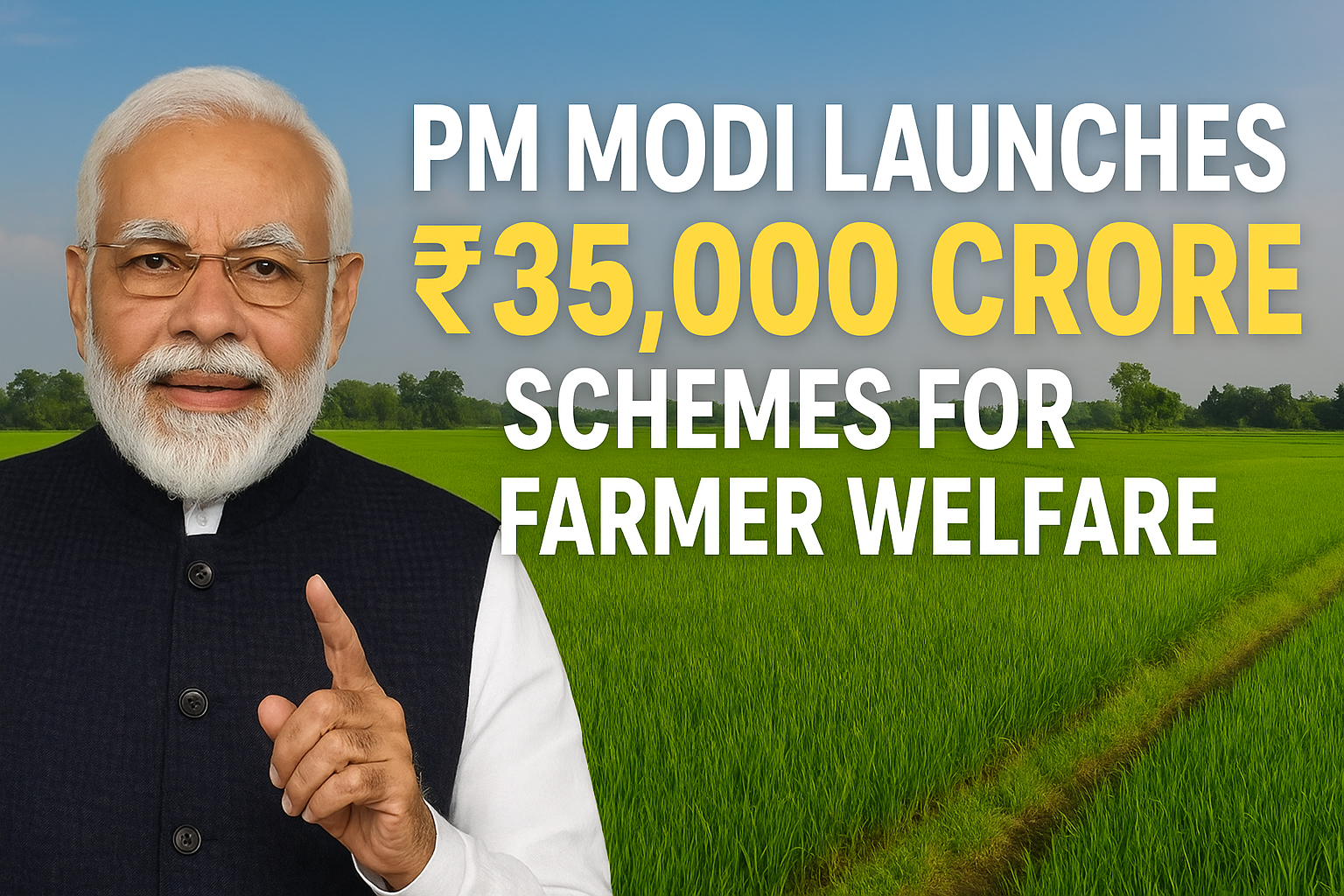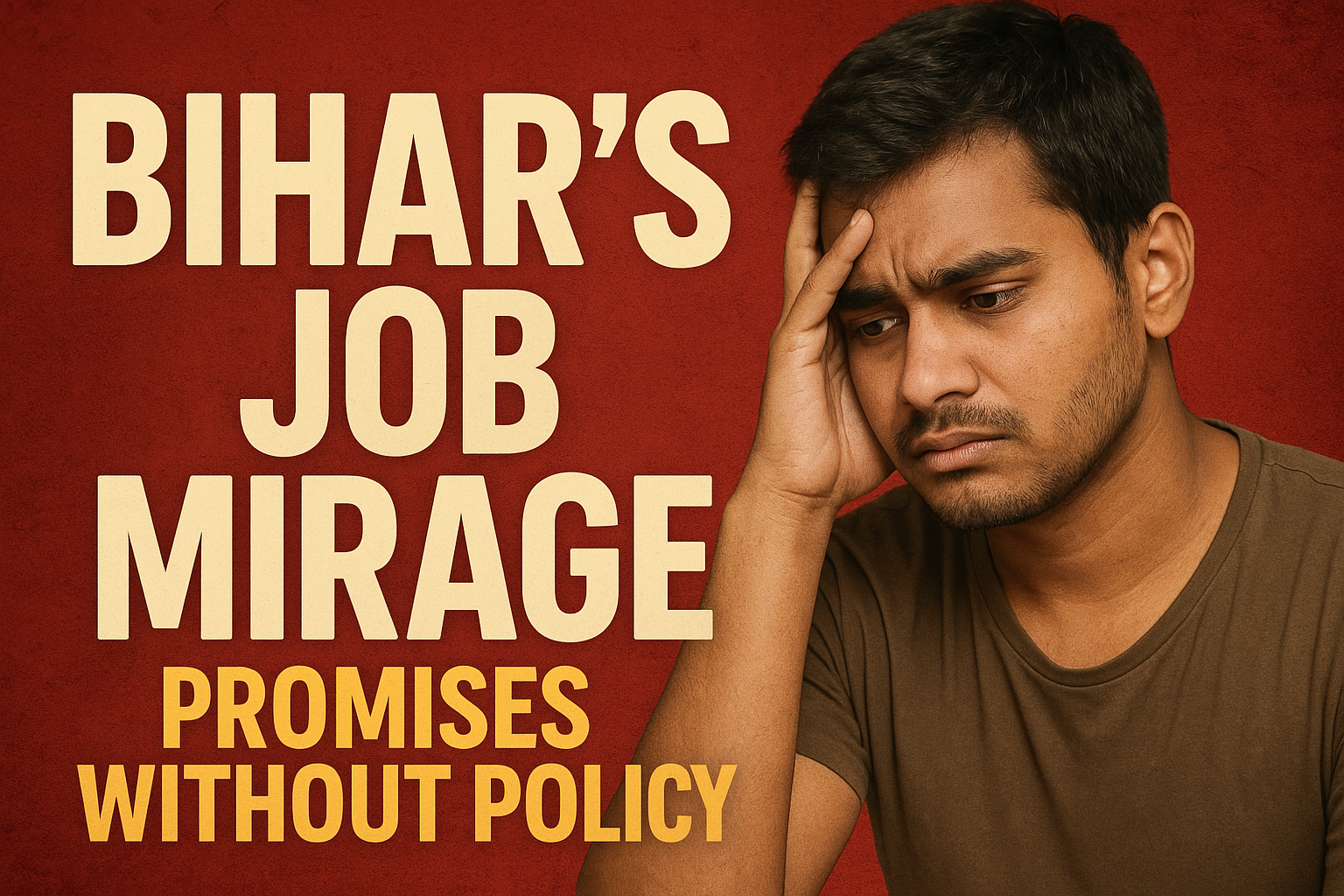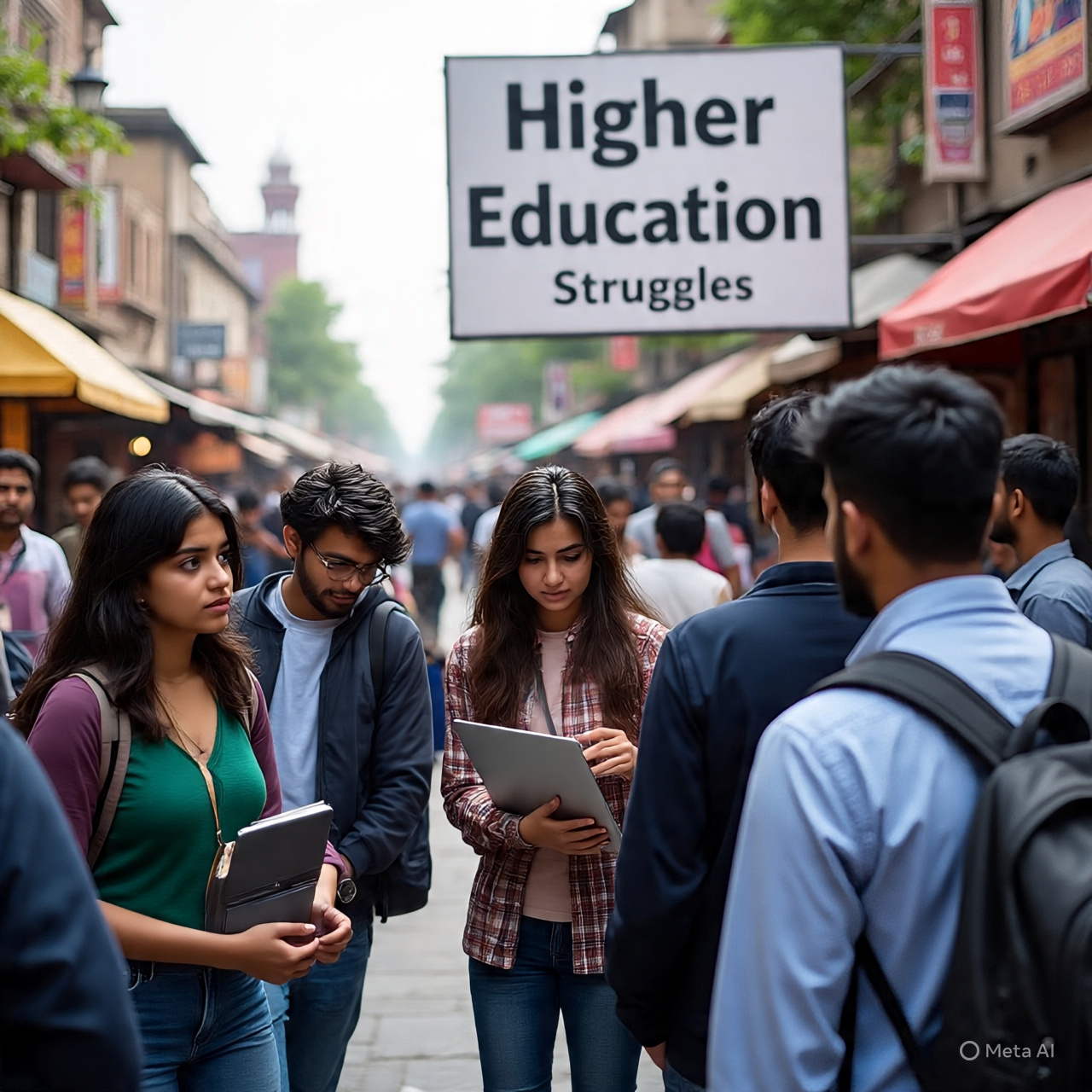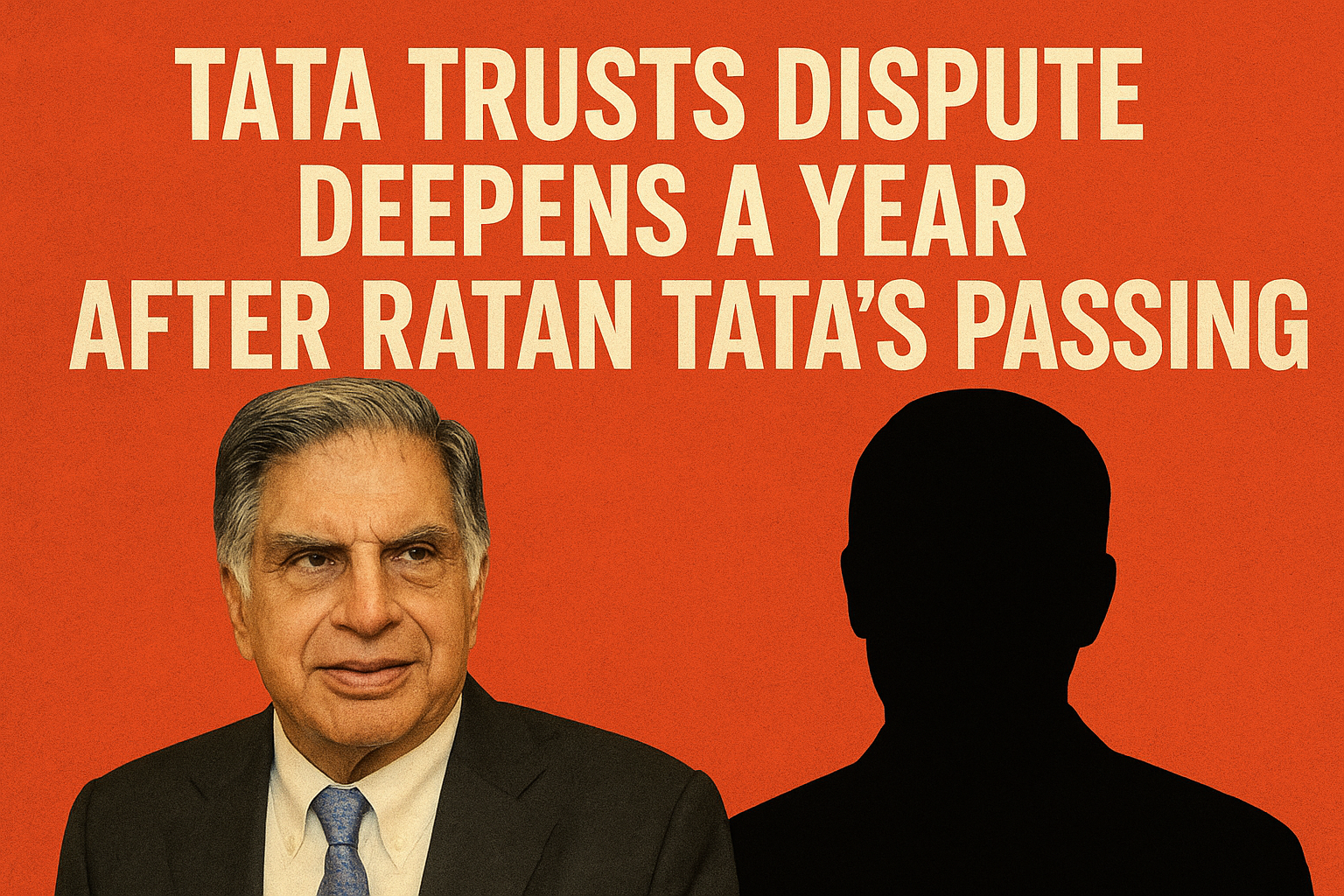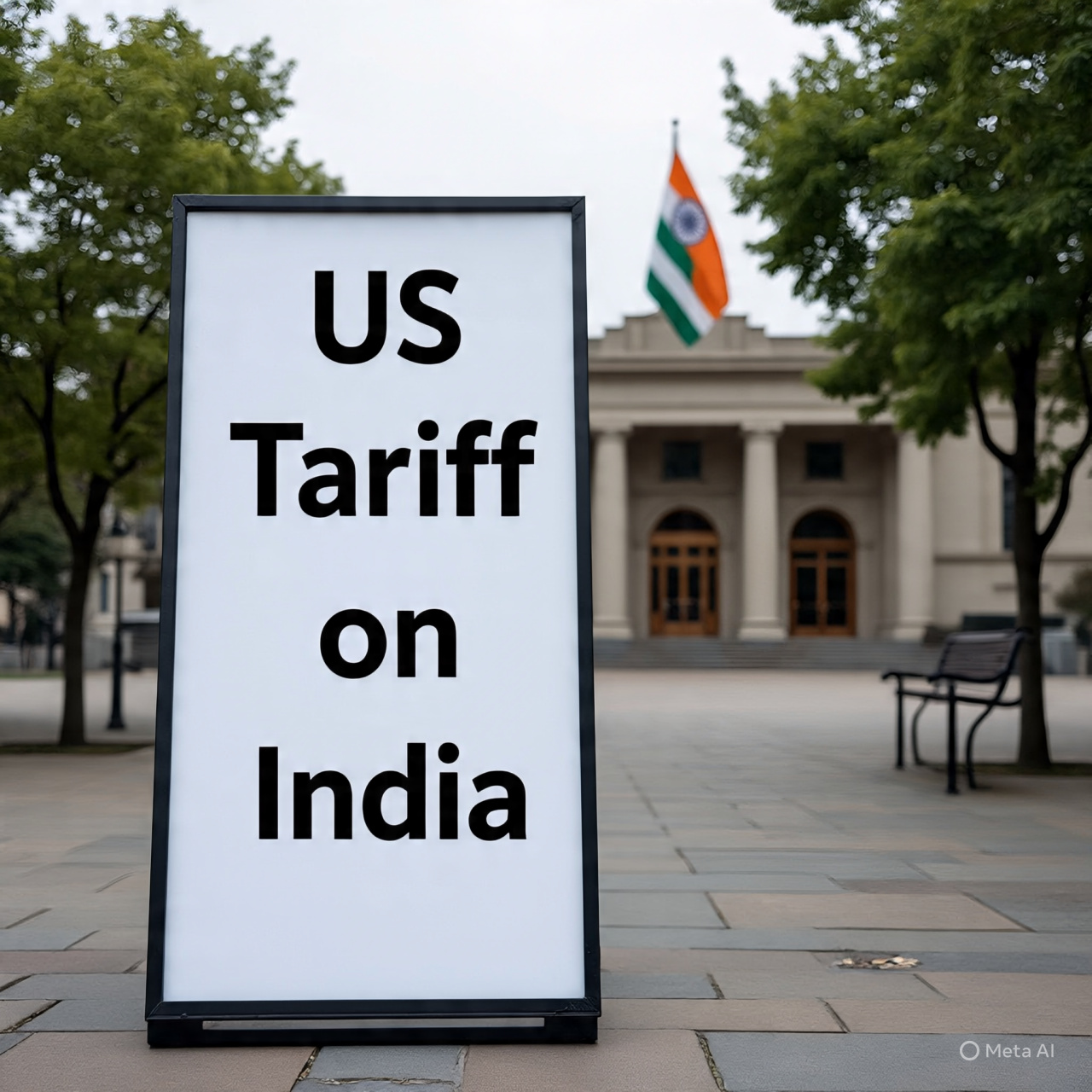
When the United States imposes a tariff on Indian goods, the headlines often simplify it into a political duel: "Trump vs. Modi" or "U.S. Takes on BJP." This framing, while dramatic, is fundamentally misleading. It personalizes and politicizes an economic policy whose consequences are far broader and more structural. The reality is that a tariff levied by the U.S. on Indian products is not an attack on the ruling Bharatiya Janata Party (BJP) or its policies; it is a tax on the Indian economy itself, with repercussions that ripple across its entire industrial and agricultural landscape, affecting stakeholders regardless of their political affiliation.
To understand this, we must first dissect what a tariff actually is. A tariff is a tax on imports. When the U.S. government places a tariff on, for instance, Indian steel or aluminum, it is not sending a bill to the BJP headquarters. It is increasing the cost of these goods for American importers. This makes Indian products less competitive compared to domestic U.S. steel or steel from countries not facing the tariff. The immediate impact is felt by the Indian exporting company. Faced with a higher price tag, their American customers may reduce orders or cancel contracts altogether.
The chain reaction then travels directly into the Indian heartland. The exporting factory, now with declining orders, faces a revenue shortfall. The management responds by cutting costs, which inevitably leads to reductions in production shifts, freezing new hires, and in severe cases- layoffs. The workers who lose their jobs are not BJP or opposition workers; they are individuals whose livelihood is suddenly jeopardized by a shift in international trade policy. Their political allegiance is irrelevant to the economic shock they experience.
According to figures from the Commerce Ministry of India, the U.S. is India's largest trading partner. In the Fiscal Year 2022-23, bilateral trade in goods reached approximately $128.8 billion. Tariffs, even on a subset of products like metals, shrimp, or pharmaceuticals, disrupt this vast commercial relationship. A study by the Indian Council for Research on International Economic Relations (ICRIER) has previously indicated that trade protectionism in major economies like the U.S. poses a significant risk to India's export growth trajectory. This is not a partisan assessment; it is an economic one that concerns every policymaker and business leader in the country.
Furthermore, the argument that these tariffs are a direct response solely to the BJP's economic policies does not hold up to scrutiny. The U.S.-India trade relationship has seen friction for years, spanning multiple administrations in both countries. Key points of contention, such as market access for American dairy products and medical devices, or India's former status on the U.S. Priority Watch List for intellectual property protection, are long-standing structural issues. They predate the current Indian government and will likely require negotiation with any party in power. The U.S. applies the same framework of national interest and trade deficit analysis to many nations, from allies in Europe to rivals like China. To interpret its application on India as a unique political vendetta is to misunderstand global economic statecraft.
This is not to absolve the Indian government of its role in trade negotiations. The government's responsibility is to articulate a strategic response, engage in diplomacy, and secure the best possible terms for the nation. Its success or failure in this endeavor is a legitimate subject of political debate. However, the initial imposition of the tariff is aimed at the economic output of the country, not the ideology of its ruling party. The distinction is crucial.
The conflation of nation with government is a dangerous oversimplification. It suggests that the economic pain inflicted by external forces is somehow confined to political opponents of the regime or is a reflection of its failings alone. This narrative is divisive and unproductive. It turns a national economic challenge into a partisan football, preventing a unified and pragmatic response.
In conclusion, when the U.S. imposes a tariff, it is imperative to look beyond the political headlines. The tariff is a border tax with domestic consequences. It impacts Indian manufacturers, factory workers, farmers, and ultimately, the overall health of the Indian economy. While the government of the day is the negotiator and responder, the weight of the tariff is borne by the nation itself. Recognizing this distinction is the first step toward a sober, data-driven, and united approach to navigating the complex and often unforgiving arena of international trade. The target is not a political symbol; it is the economic well-being of the Indian people.




.jpeg)

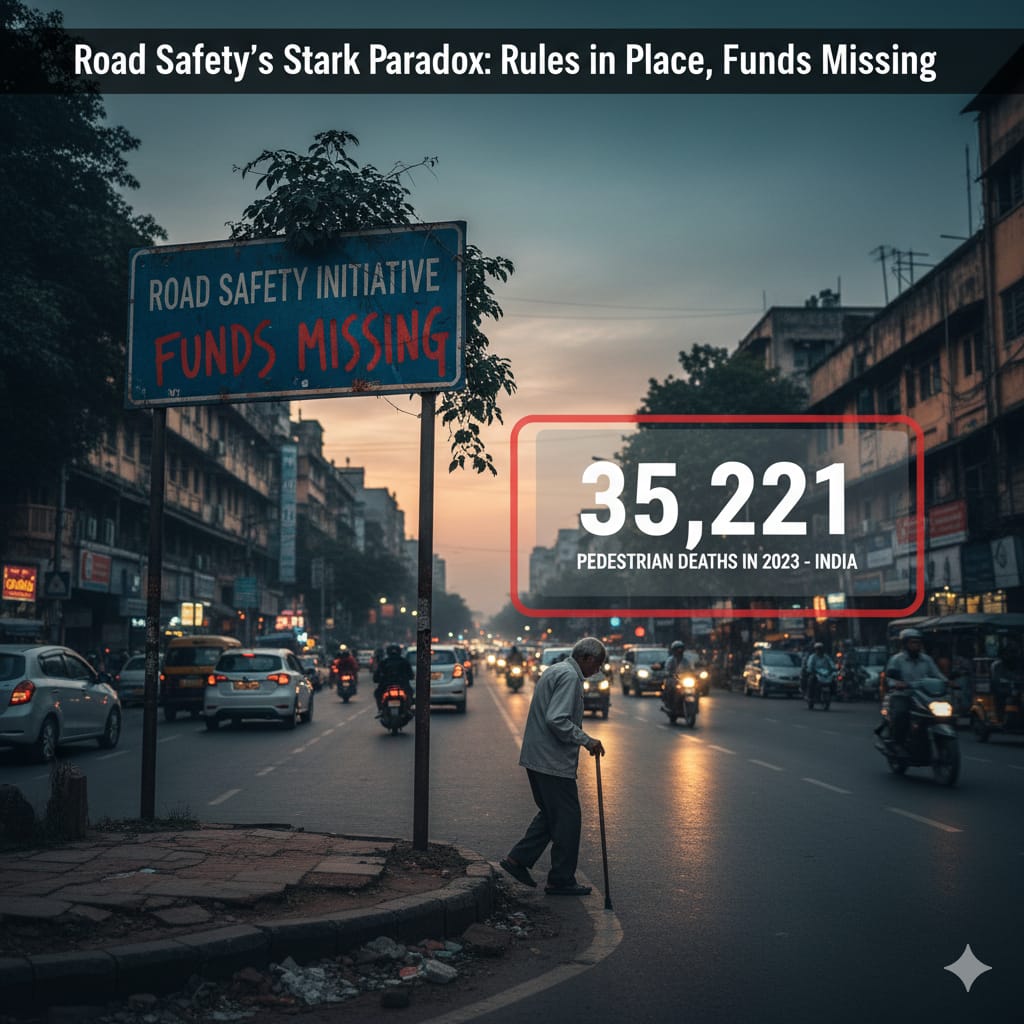
.jpeg)

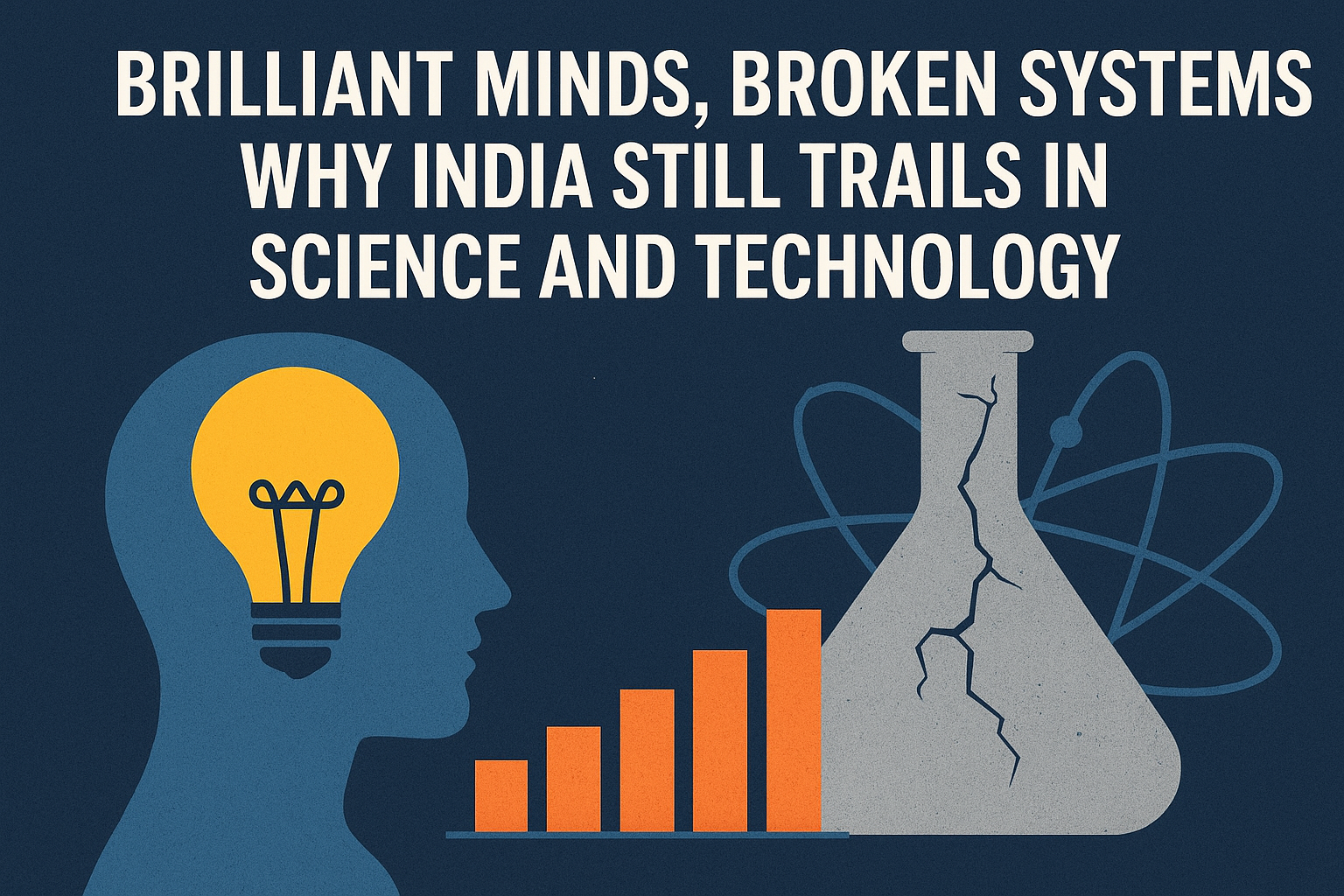


.jpeg)

